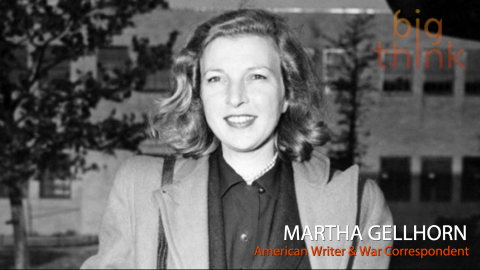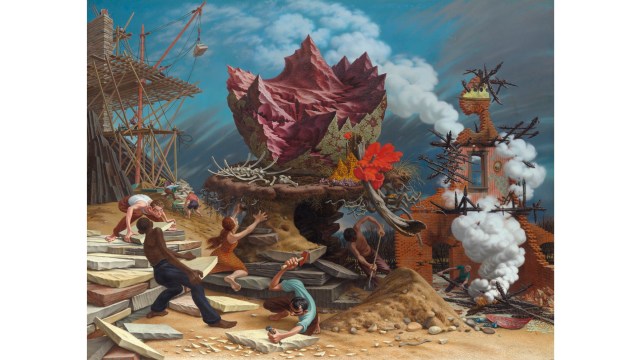Martha Gellhorn’s “Angry Sound Against Injustice.”

Martha Gellhorn (1908-1998) was an American writer and war correspondent who covered multiple major conflicts during her 60-year journalism career. Truly a 20th century icon, Gellhorn reported on the Spanish Civil War, landed at Normandy on D-Day, and was the first journalist at Dachau concentration camp after its liberation. Her impact on war journalism cannot be understated — she pretty much rewrote the book on covering armed conflicts, though not before fighting to earn respect in a male-dominated profession.
Gellhorn went on to report on Vietnam, the Six-Day War, and multiple conflicts in Central America. She is the namesake of the Martha Gellhorn Prize for Journalism and the subject of the 2012 film Hemingway and Gellhorn, which focused on her marriage to the American author Ernest Hemingway. Gellhorn committed suicide in 1998 after a long battle with ovarian and liver cancers.
“The only way I can pay back for what fate and society have handed me is to try, in minor totally useless ways, to make an angry sound against injustice.”
Source: Letter as quoted in “Gellhorn: A Twentieth Century Life” (2003) written by Caroline Moorehead, pg. 142.
(h/t Wikiquote)





